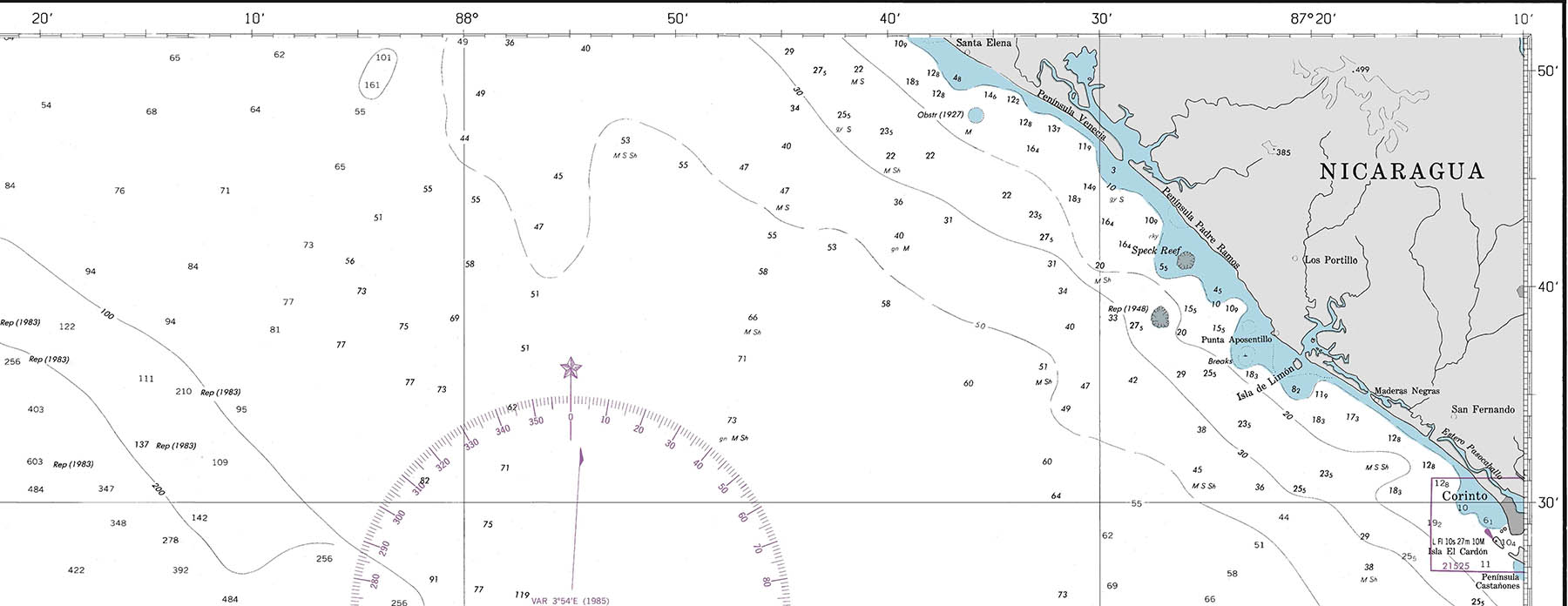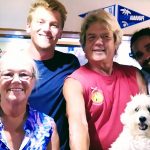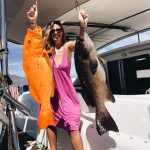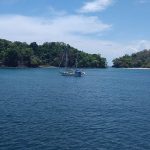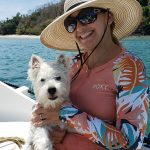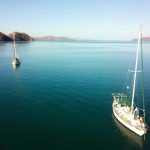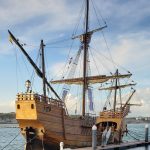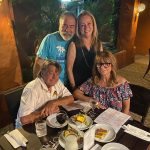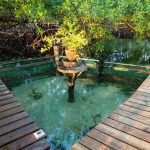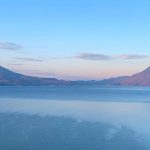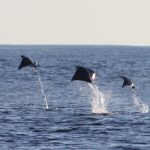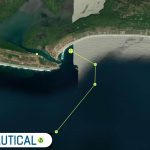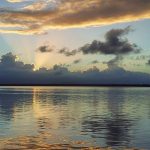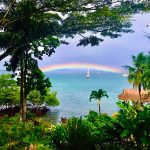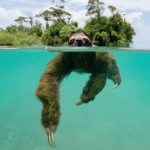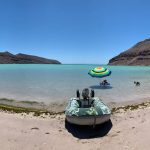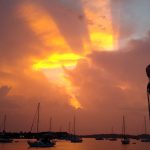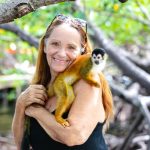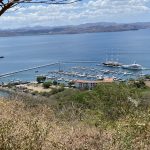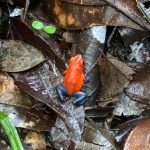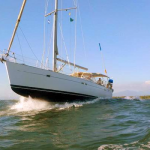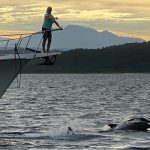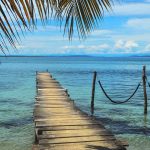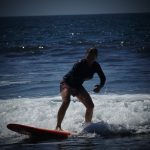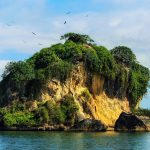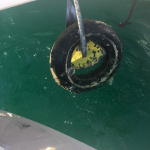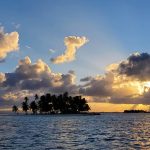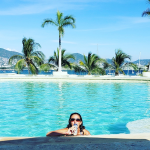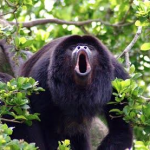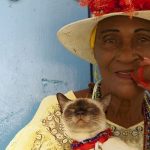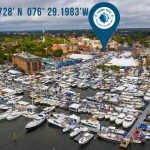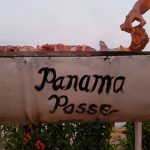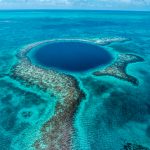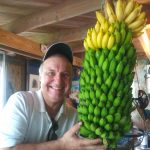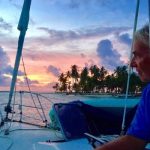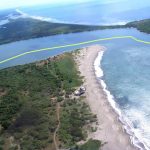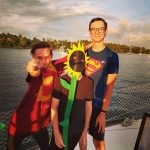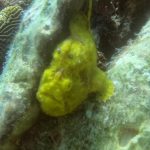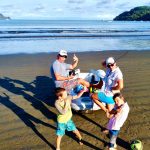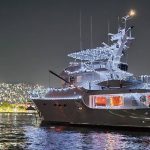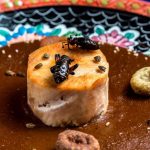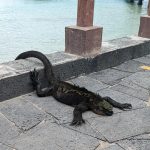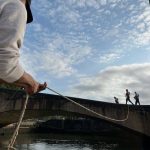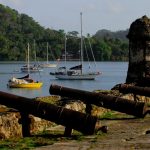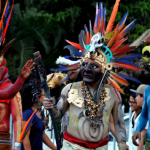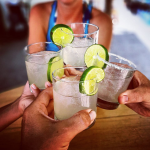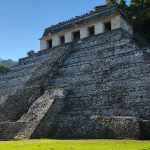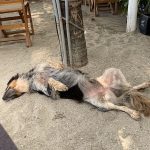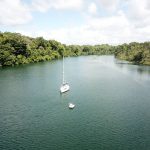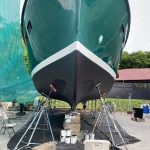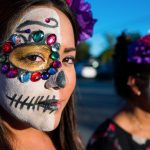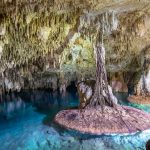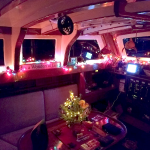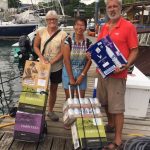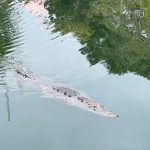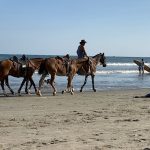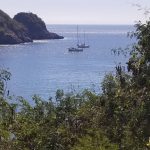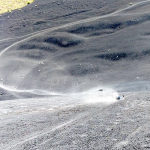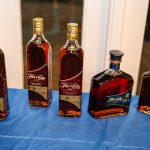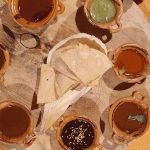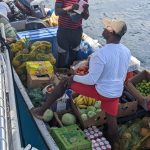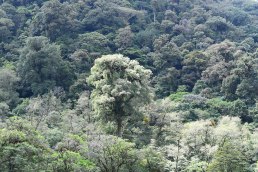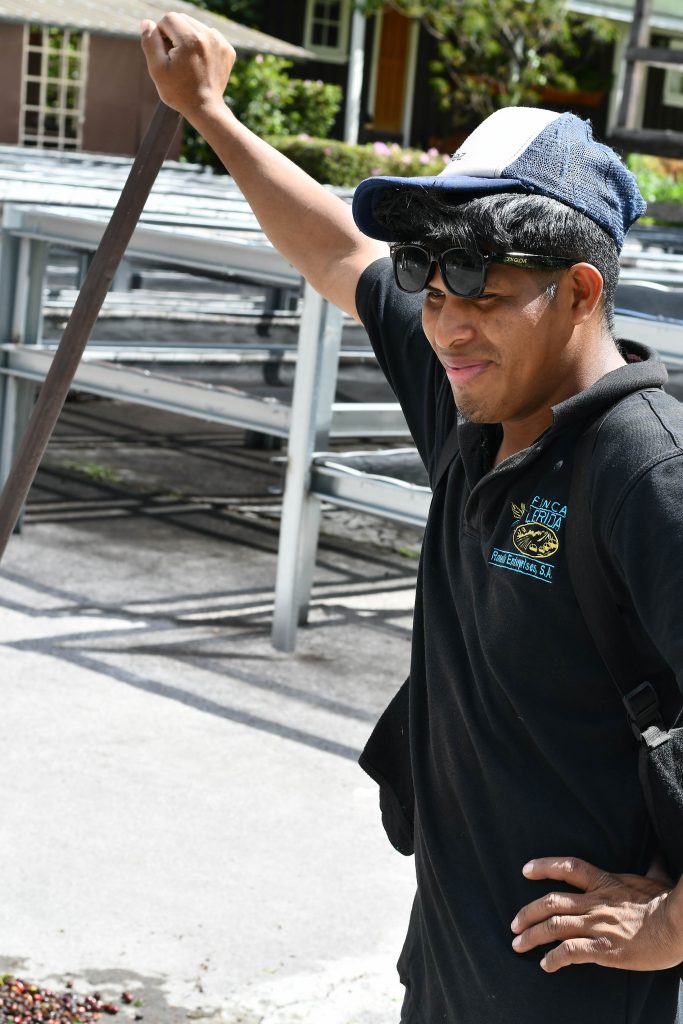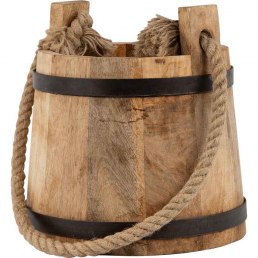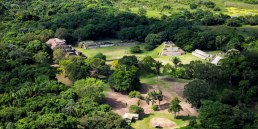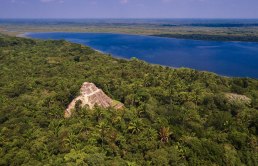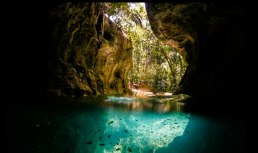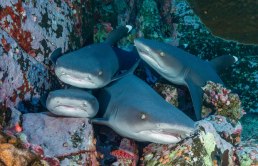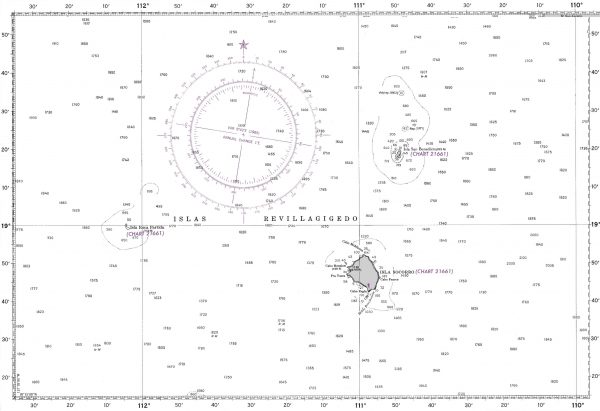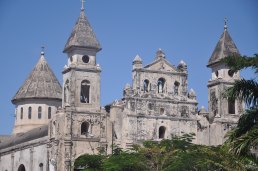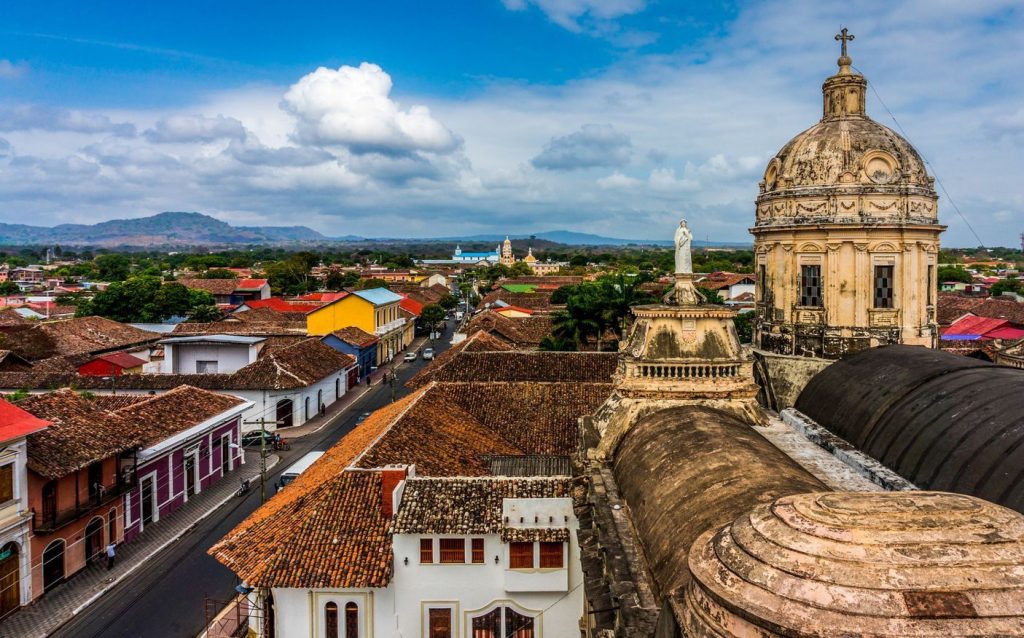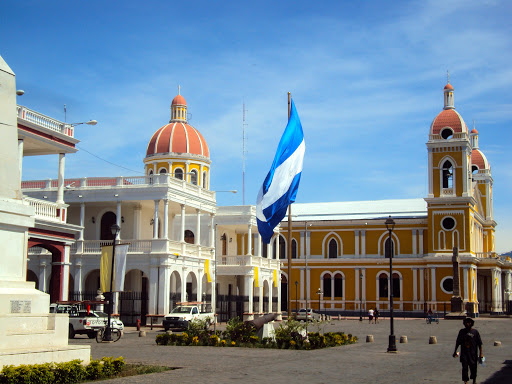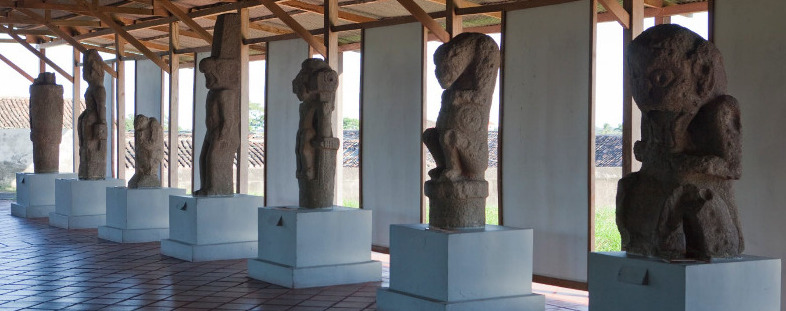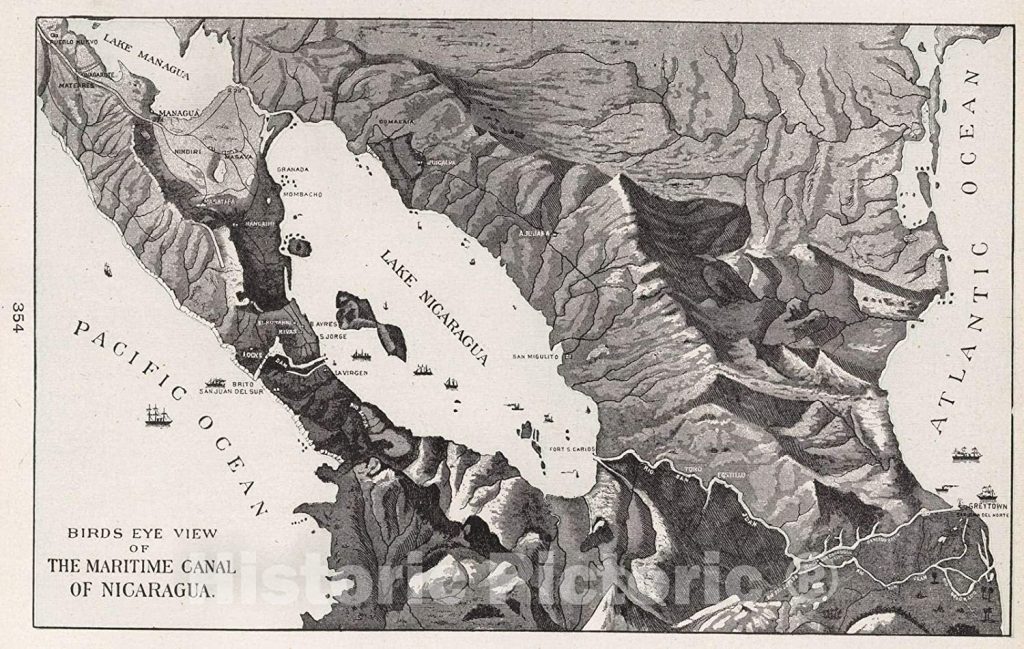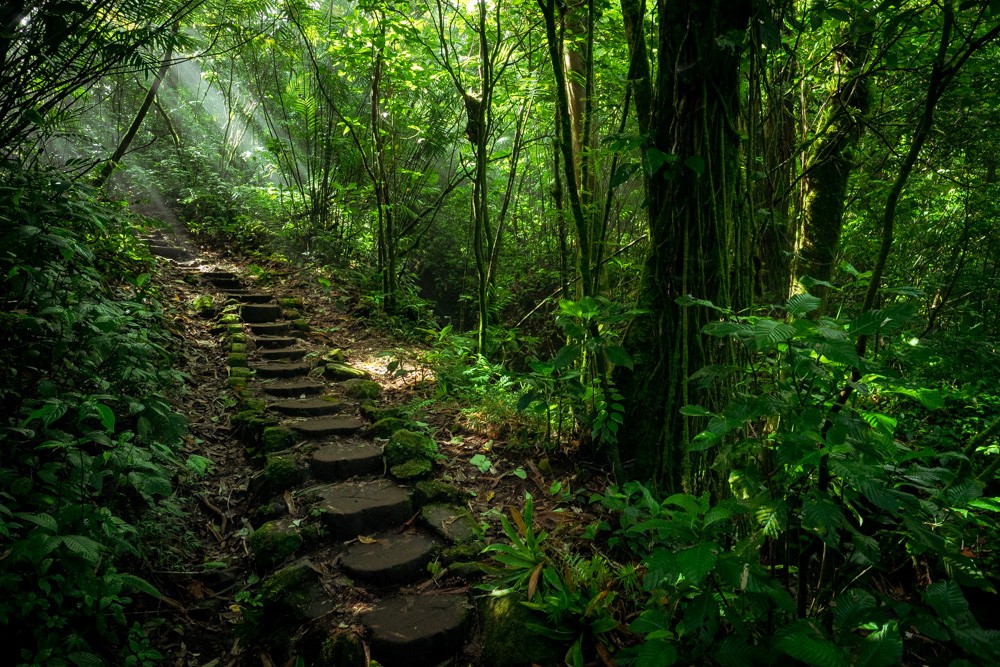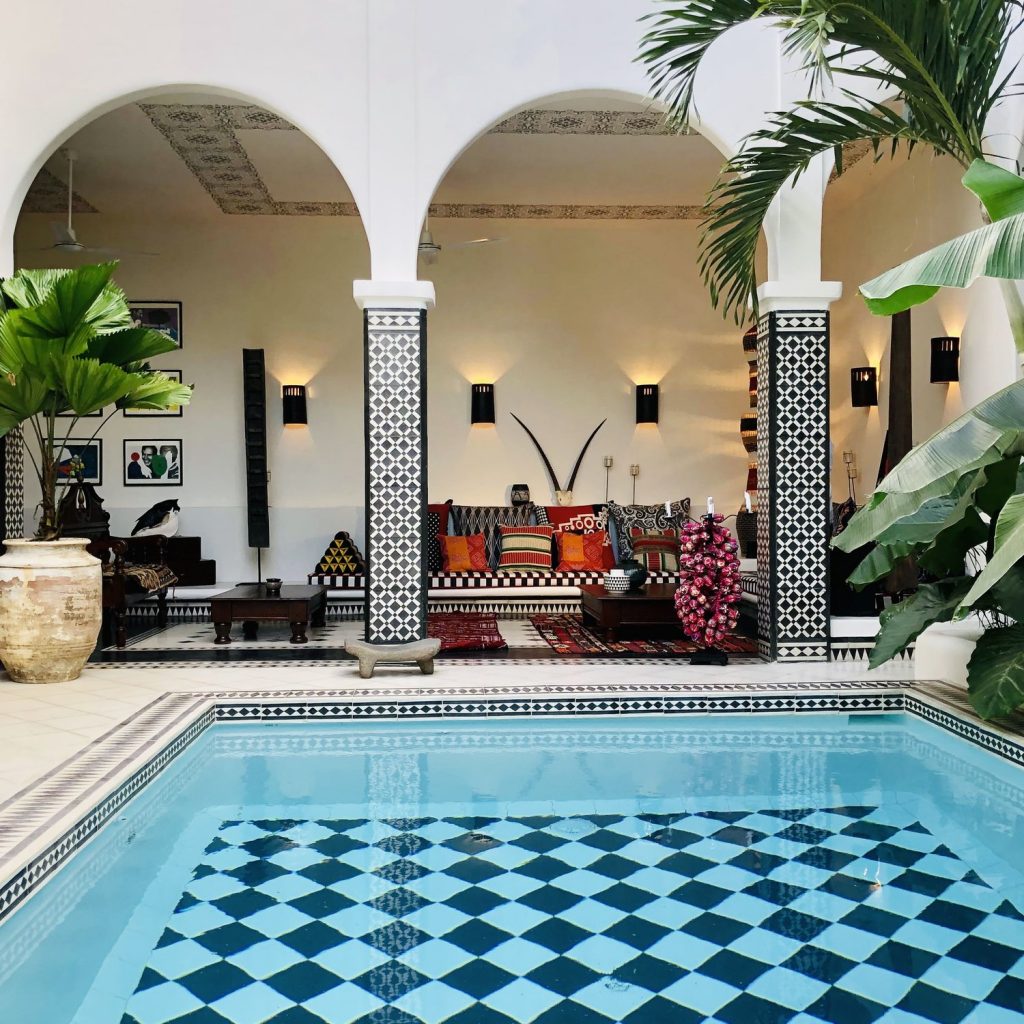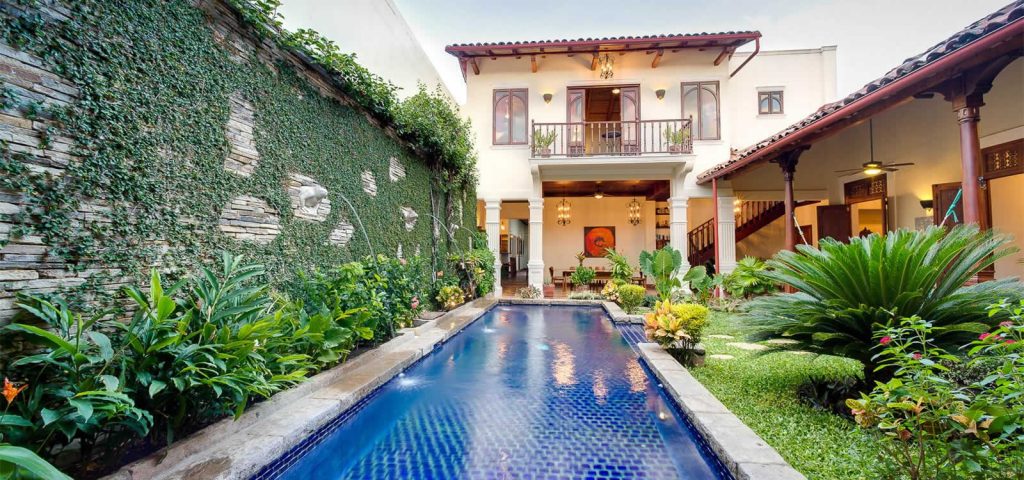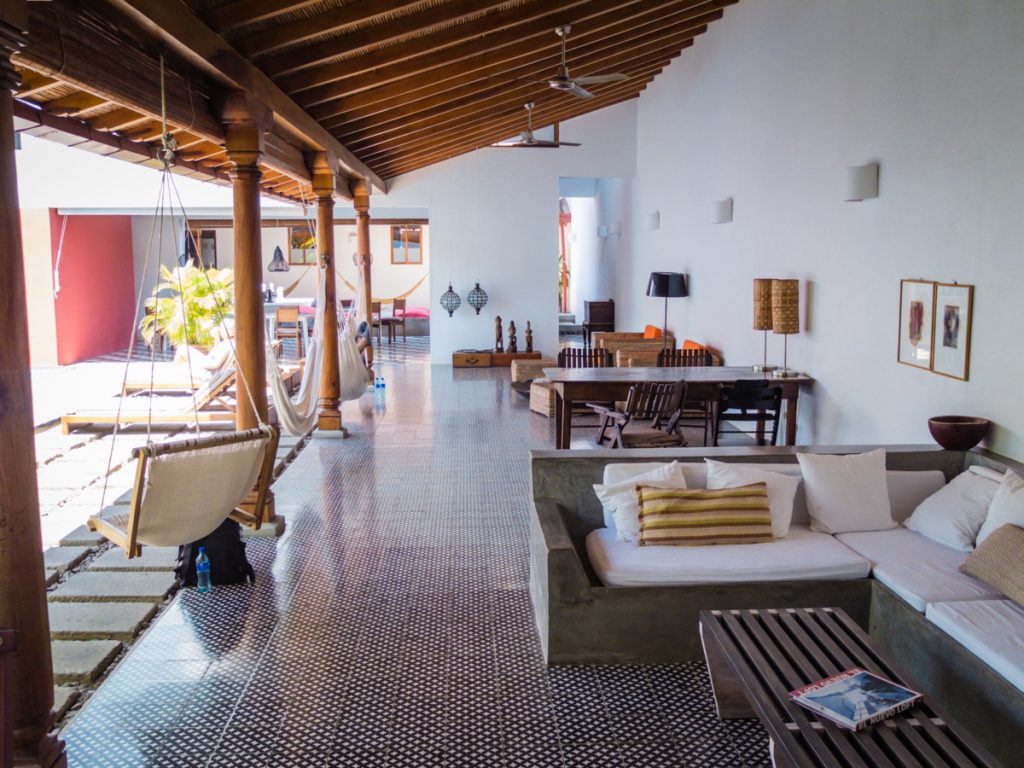Museo Nacional de Antropología Mexico City
Museo Nacional de Antropología 🇲🇽 National Museum of Anthropology, Mexico City
Cultural Richness
- Diverse Collection: The museum showcases the vast and rich cultural heritage of Mexico's pre-Columbian civilizations, offering insights into the complex societies that flourished in this region.
- Exploring Ancestral Connections: Many of the civilizations represented in the museum, like the Maya and Aztecs, have historical and cultural links to various sites along the Panama Posse route.
Broad horizons & unique sxperiences
- Ancient Civilizations: Visitors can gain a deeper understanding of the ancient cultures they will encounter or learn about during their journey.
- Artifacts and Exhibits: The museum is home to some of the most significant archaeological and anthropological artifacts from Mexico's pre-Columbian heritage, including the Stone of the Sun (often referred to as the Aztec calendar stone) and the Aztec Xochipilli statue.

Correlation with Panama Posse Route
Heritage Sites
- Many sites along the Panama Posse route, like those in Central America, are key to understanding the broader history and culture of the region, much of which is represented in the museum.
Enhanced ADVENTURE
- Maritime Adventure Meets Historical Discovery: The journey offers a unique blend of sailing adventure and cultural exploration. Visiting the museum can provide a historical context that enriches the overall experience.
- World Heritage Sites: The route includes numerous UNESCO World Heritage Sites, which share a thematic connection with the museum's focus on preserving and celebrating the world's cultural heritage.
WHY VISIT ?
- Explore the roots of civilizations: "Discover the roots of the ancient civilizations you'll encounter along your journey at the National Museum of Anthropology."
- Mexico's Cultural Tapestry: "Weave the rich cultural tapestry of Mexico into your maritime adventure by starting with the National Museum of Anthropology."
GALLERY OF IMAGES
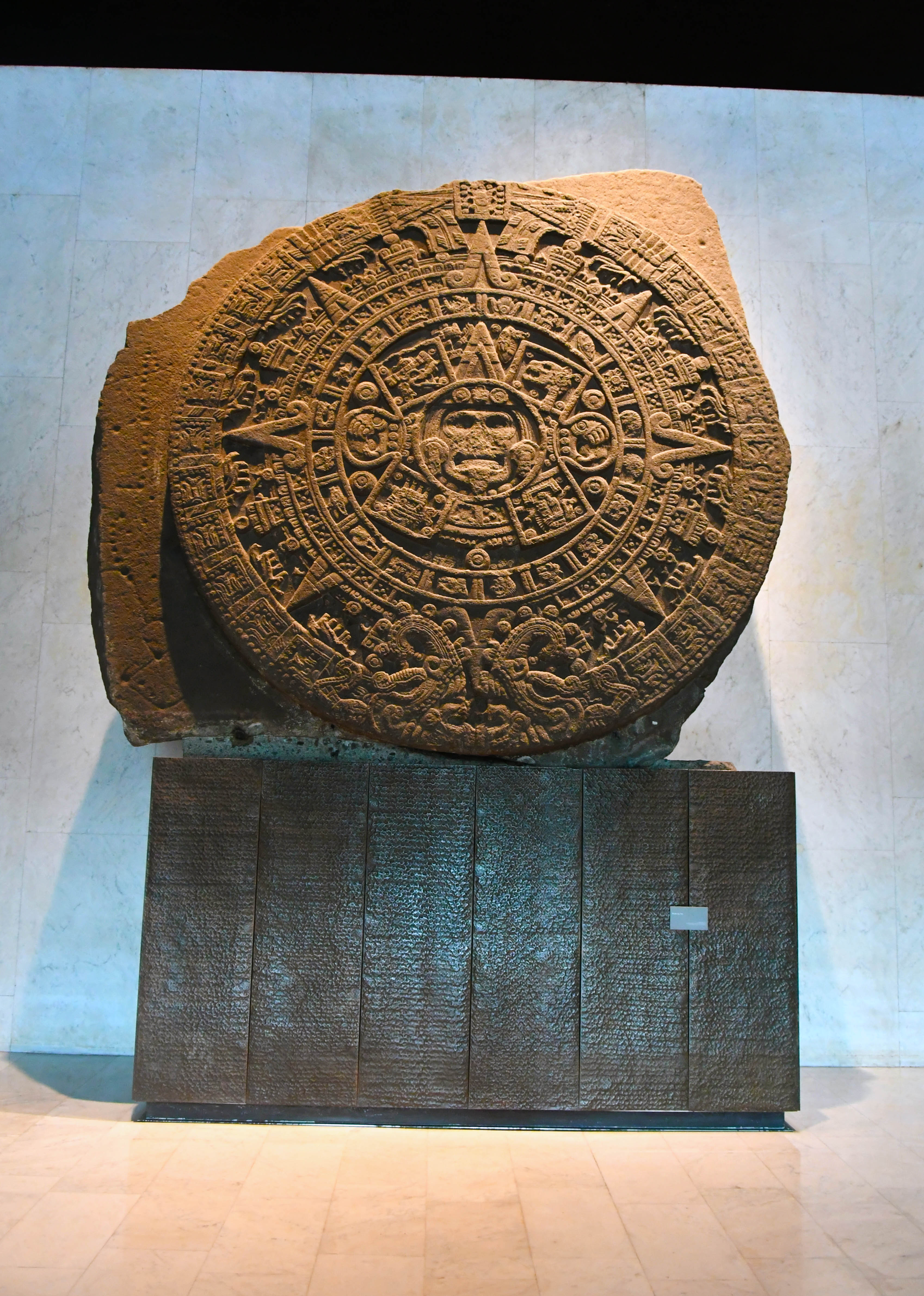
99 reasons for joining the PANAMA POSSE 23·24
99 reasons for joining the PANAMA POSSE 23·24
#32
#31
#30
#29
#28
#27
#panama_posse
https://panamaposse.com/sign-up
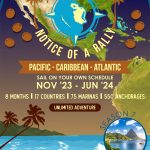
BOQUETE 🇵🇦 PANAMA
Boquete, often referred to as a "coffee mountain paradise," is a picturesque town located in the highlands of Panama. It is renowned for its ideal climate, fertile volcanic soil, and lush surroundings, which make it an excellent region for coffee cultivation. The town is nestled in the beautiful Boquete Valley, surrounded by verdant mountains, waterfalls, and abundant flora.
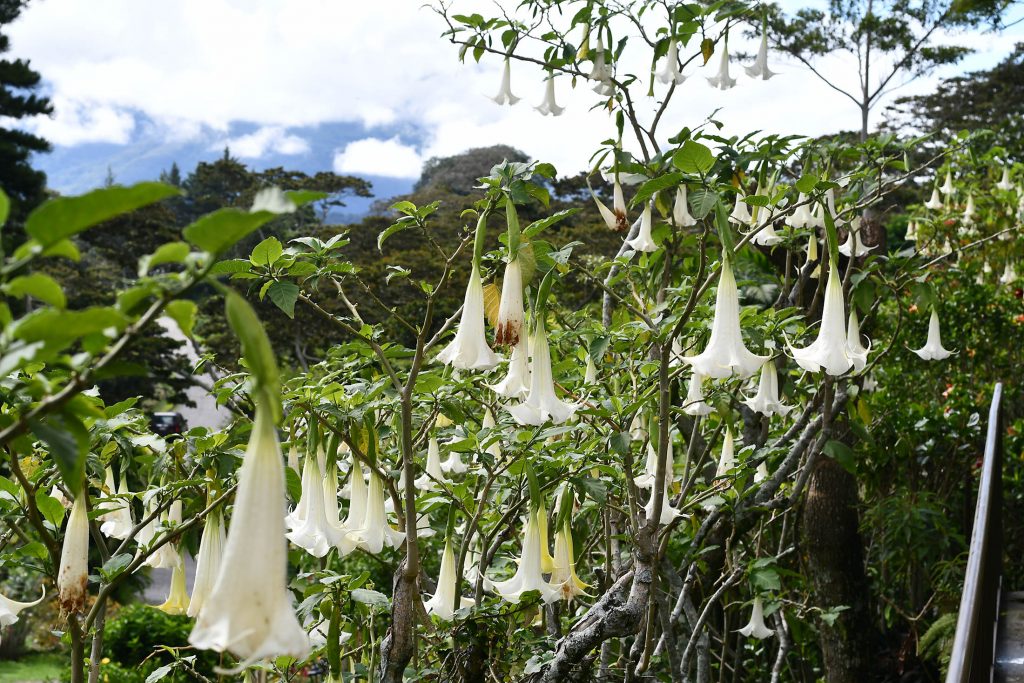
In terms of being "set back in the time of happiness," one could interpret this phrase as Boquete's ability to evoke a sense of tranquility, simplicity, and contentment. The town has a slower pace of life compared to bustling urban areas, allowing visitors to immerse themselves in nature's beauty and enjoy a more relaxed atmosphere. This, combined with the charm of the local community, creates a feeling of happiness and serenity.
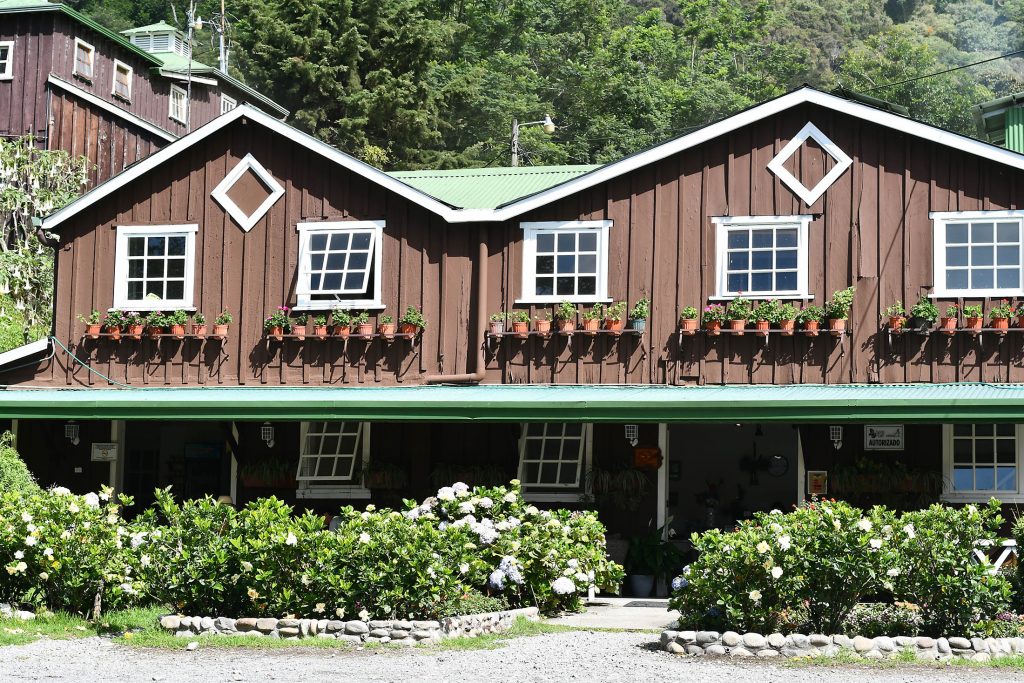
Boquete's coffee industry, along with its rustic charm and natural landscapes, contributes to its reputation as a paradise. Coffee plantations dot the mountainsides, offering visitors the opportunity to explore and experience the coffee-making process firsthand. The region's coffee farms often feature picturesque vistas, where one can witness the traditional methods of harvesting and processing coffee cherries.
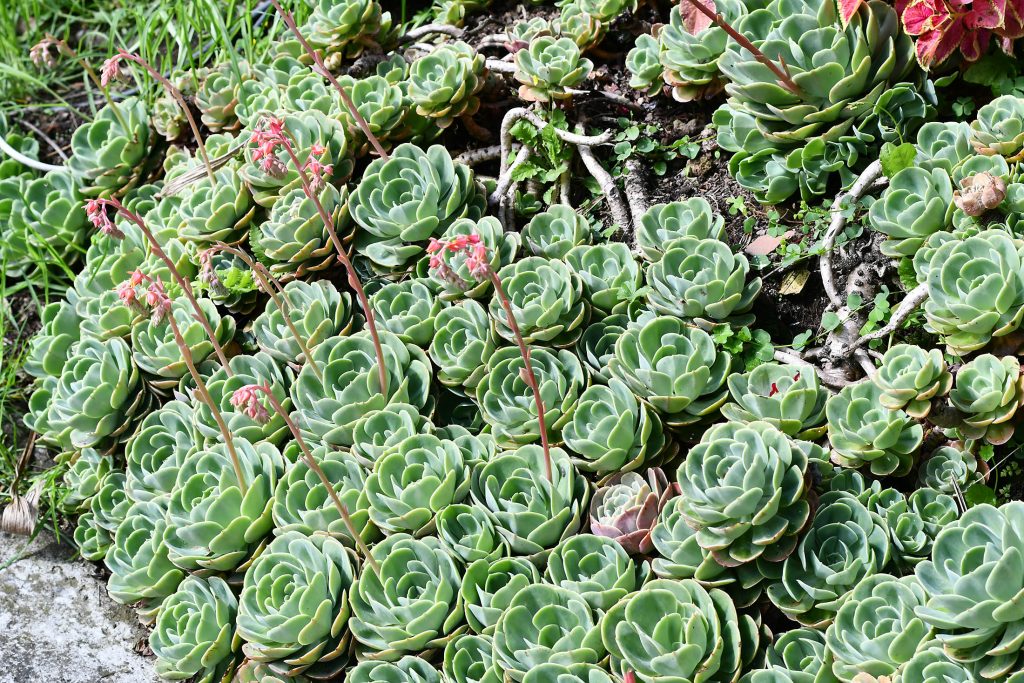
Overall, Boquete can be described as a tranquil and idyllic place, where the natural beauty of the coffee mountains and the warmth of its people create a sense of happiness and nostalgia for a simpler time.
PANAMA POSSE 🪣 BUCKET LIST
PANAMA POSSE BUCKET LIST
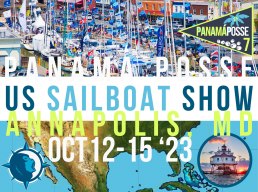
For sailors, captains, skippers, seafarers, cruisers, and yacht enthusiasts, there are plenty of extraordinary bucket list items for sailors to push the boundaries and offer unique and memorable experiences of a lifetime
Sail the world: Embark on a journey, experiencing different cultures, climates, and breathtaking coastal landscapes.
Visit remote islands: Explore remote and exotic islands that are only accessible by boat, such as the Revelagios Islands, Cocos Island, Galapagos Islands, or Isla del Caño
Sail across an ocean: Set sail across one of the world’s major oceans, such as the Atlantic, Pacific, or crossing the caribben sea during the tradwinds.
Sail through famous waterways and sail through the Panama Canal: Experience the engineering marvel of the Panama Canal by sailing through its locks and traversing the waterway that connects the Atlantic and Pacific Oceans.
Navigate without modern technology: Challenge yourself to navigate using traditional methods like celestial navigation or dead reckoning.
Live aboard a sailboat: Spend an extended period living aboard a sailboat embracing the freedom and simplicity of life at sea.
Visit famous ports and marinas: Visit renowned ports like Cabo San Lucas, La Paz, Puerto Vallarta, Barra de Navidad, Zihuatanejo, Acapulco, Playa Cocos, Golfito a.m.o.
Dive or snorkel in a coral reef: Explore vibrant coral reefs around the world, such as the Belize Barrier Reef
Discover underwater wonders: Dive or snorkel in famous dive sites like the Blue Hole in Belize or the Great Blue Hole in Belize.
Sail and Explore the stunning Turks and Caicos Islands: with their pristine beaches, turquoise waters, and vibrant marine life.
Discover the picturesque and unique biodiversity of the Galapagos Islands, observing rare wildlife and exploring the pristine landscapes that inspired Charles Darwin’s theory of evolution.
Visit the Bay Islands Honduras: Discover the Bay Islands of Honduras, including Roatán, Utila, and Guanaja, renowned for their crystal-clear waters, coral reefs, and excellent diving opportunities.
Cruise the Costa Rican Coastline: Sail along the stunning coast of Costa Rica, exploring its national parks, wildlife-rich waters, and beautiful beaches.
Explore the San Blas Islands, Panama: Discover the untouched beauty of the San Blas Islands, an archipelago off the Caribbean coast of Panama, known for its white-sand beaches and vibrant indigenous culture.
Sail the Baja Peninsula, Mexico: Explore the stunning coastline of the Baja Peninsula in Mexico, starting from California and sailing down to places like Ensenada, La Paz, and Cabo San Lucas, known for their beautiful beaches, clear waters, and vibrant marine life.
Cruise the Sea of Cortez: Navigate the Sea of Cortez (Gulf of California), a UNESCO World Heritage Site, famous for its diverse marine life, including whales, dolphins, sea lions, and a variety of fish species.
Transit the Gulf of Tehuantepec: Cross the challenging waters of the Gulf of Tehuantepec, located between Mexico and Central America. It’s known for its strong winds and is a significant milestone for sailors.
Discover the Gulf of Nicoya, Costa Rica: Sail along the Gulf of Nicoya, Costa Rica’s largest gulf, which offers beautiful coastal landscapes, tranquil waters, and opportunities for wildlife spotting.
Explore the Golfo Dulce, Costa Rica: Venture into the Golfo Dulce, a stunning bay located on the southern Pacific coast of Costa Rica, known for its pristine rainforests, secluded beaches, and rich biodiversity.
Visit the Pearl Islands, Panama: Discover the Pearl Islands archipelago in Panama, made up of over 200 islands and known for its pristine beaches, clear waters, and excellent fishing and snorkeling opportunities.
Cruise the San Blas Islands, Panama: As mentioned earlier, sail through the San Blas Islands, an archipelago off the Caribbean coast of Panama, known for its white-sand beaches, turquoise waters, and vibrant indigenous culture.
Discover the Gulf of Chiriquí: The Gulf of Chiriquí, located in western Panama, offers pristine waters, remote islands, and an abundance of marine life. It’s an ideal destination for sailing, snorkeling, diving, and fishing. The gulf is known for its picturesque islands, such as Boca Chica and Isla Parida, with their beautiful beaches and coral reefs.
Visit Coiba Island, Panama: a UNESCO World Heritage Site, is the largest island in Central America and forms part of the Coiba National Park. The island is renowned for its rich biodiversity, including an underwater world teeming with marine life. Snorkeling and diving here offer opportunities to encounter vibrant coral reefs, sea turtles, sharks, and a variety of tropical fish species.
Wildlife Encounters: Both the Gulf of Chiriquí and Coiba Island provide opportunities for wildlife encounters. Keep an eye out for dolphins, whales (during migration seasons), and 1000+ bird species. Coiba Island is also home to diverse land animals, including the Coiba Island howler monkey, agoutis, and a variety of reptiles.
Sail alongside whales: Experience the awe-inspiring sight of whales in their natural habitat. Imagine the thrill of sailing alongside these majestic creatures, witnessing their breaching, tail slapping, or even hearing their songs.
Bioluminescent sailing: Venture into bioluminescent waters at night, where the water sparkles and glows with the light emitted by marine organisms. Witness the magical display as your boat leaves a trail of shimmering bioluminescence in its wake.
Sail to remote volcanic islands: Seek out remote volcanic islands such as the Galapagos Islands where you can explore unique ecosystems, witness volcanic landscapes, and encounter endemic wildlife.
Sailing through a gale: For the more adventurous sailors, sailing through a controlled wind event with experienced crew can provide an adrenaline-pumping experience while safely learning about extreme weather conditions.
Sail in The Papagayo winds: are a sailor’s admiralty stripes , offering strong and reliable offshore winds that create acelrated conditions for sailing, windsurfing, kitesurfing, and advanced water sports. These winds provide a thrilling and exhilarating experience as these winds blow consistently, primarily during the dry season from December to April. The Papagayo winds are known for their strength, with gusts often reaching speeds of 35 to 45 knots.
Beautiful Coastal Scenery: While enjoying the Papagayo winds, sailors can soak in the stunning coastal scenery of southenr NIcaragua and northern Costa Rica. Picture yourself sailing along pristine coastlines, palm-fringed beaches, and surrounded by lush tropical vegetation. It’s a feast for the eyes as you sail through this picturesque region.
ALTUN-HA 🇧🇿 BELIZE
Altun Ha 🇧🇿 BELIZE
HISTORY
Altun Ha is a rich, major ceremonial center occupied during the Classic Mayan period. The true name of the city is unknown. The name "Altun Ha", literally means "rockstone water" is a rough translation of the name of a nearby village.
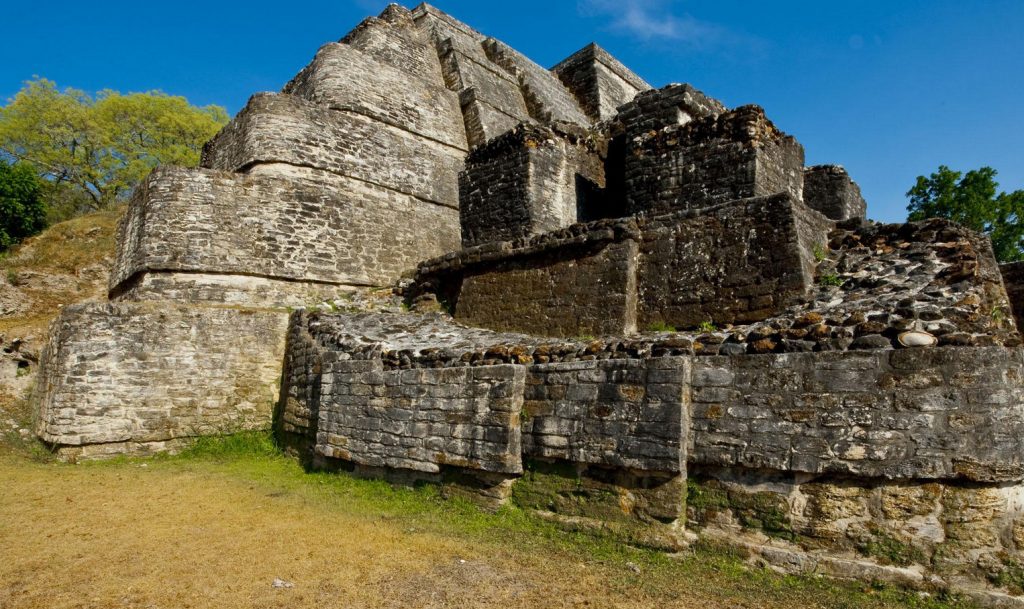 It was an mayor link in the coastal trade routes, and had contact with Teotihuacan at an early time in Maya history.
It was an mayor link in the coastal trade routes, and had contact with Teotihuacan at an early time in Maya history.
Mounds covered by trees and vines, the remains of what was once a great city, spread out over more than 25 square miles at Altun Ha. Excavations have been concentrated in the central part of the city, with 275 structures in an area about of about one thousand yards square.
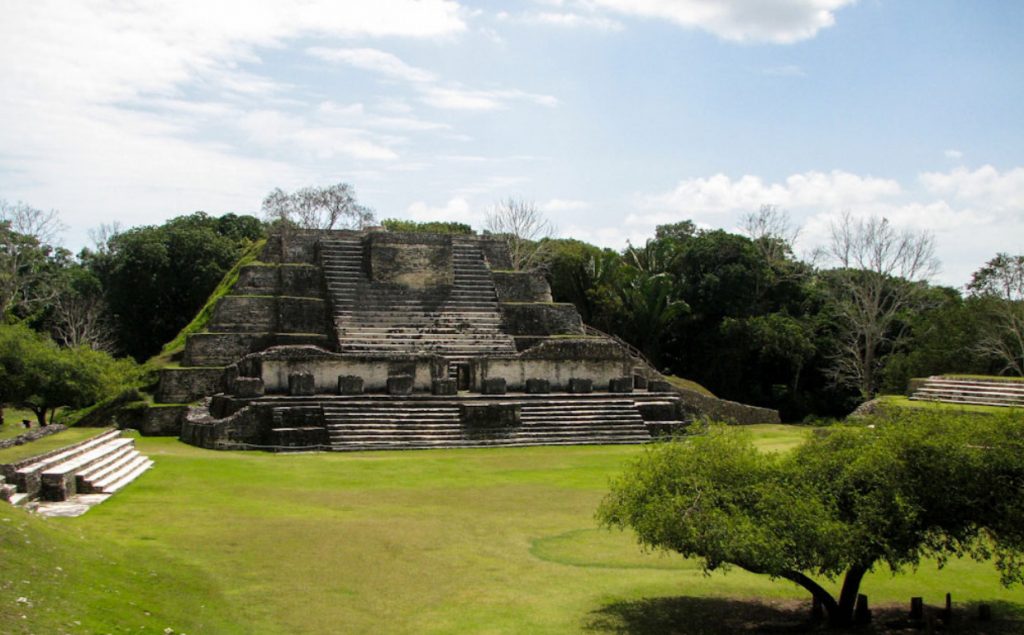
EARLY ALTUN HA
Altun Ha was settled long before the Classic Mayan as many as 2,000 years ago. For a Mayan City, the site is unusual. The soil is thin which may indicate that it was a traiding center rather than anagricultural community
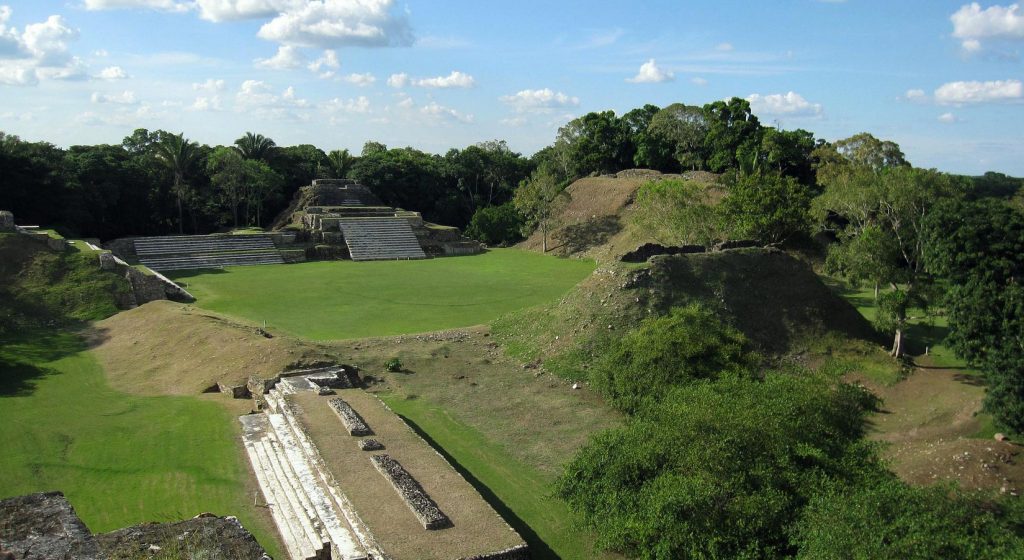
Thirteen structures surround two main plazas at the site. The two tallest temples, Temple of the Sun God (the structure depicted on Belikin beer bottles) and Temple of the Masonry ALtars, rise 60 feet above the grassy plaza floor. Altun Ha covers an area of about 5 square miles and includes an extensive swamp north of the plazas. It's believed that up to 10,000 people lived here during the Classic period of Maya civilizatin, as late as A.D. 1000.
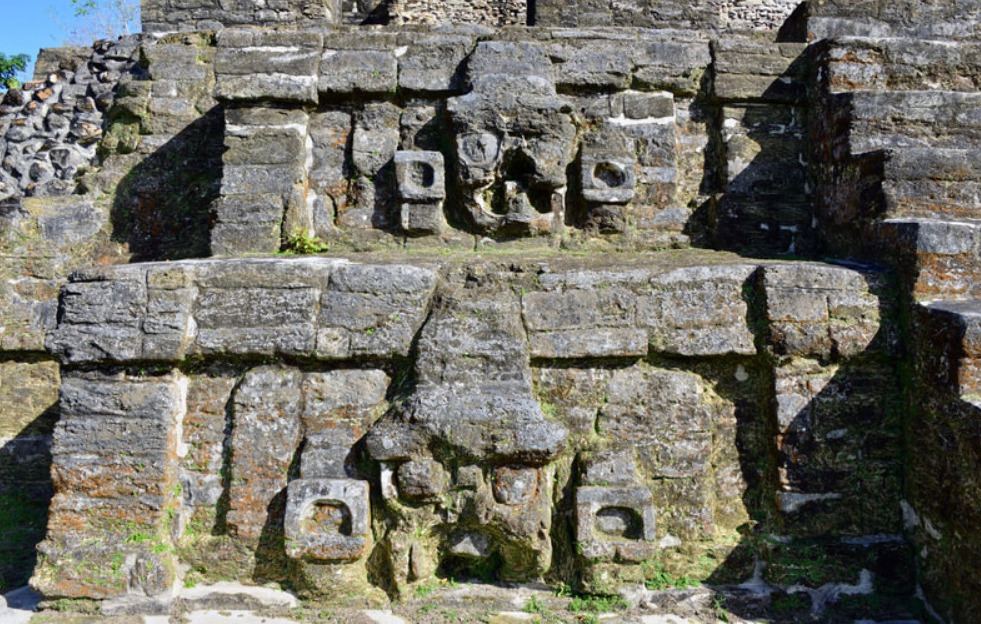
Perhpas Altun Ha's most famous Pendergast's discovery of a huge jade headed replica of Kinich Ahau, the Sun God, in 600 and was owned by an elderly priest. At the time of its discovery, this priceless relic was the largest of its type ever recorded in the Maya world - almost 6 inches tall and weighing nearly 10 pounds. On rare occasions this Kinich Ahau repllica is taken on exhibition tours.
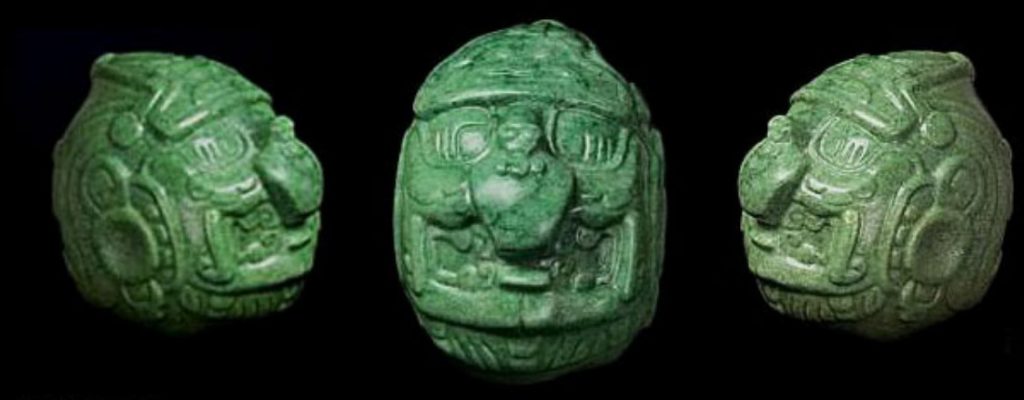
LOCATION
LAMANAI 🇧🇿 BELIZE
Lamanai "submerged crocodile" in Yucatec May is a Mesoamerican archaeological site
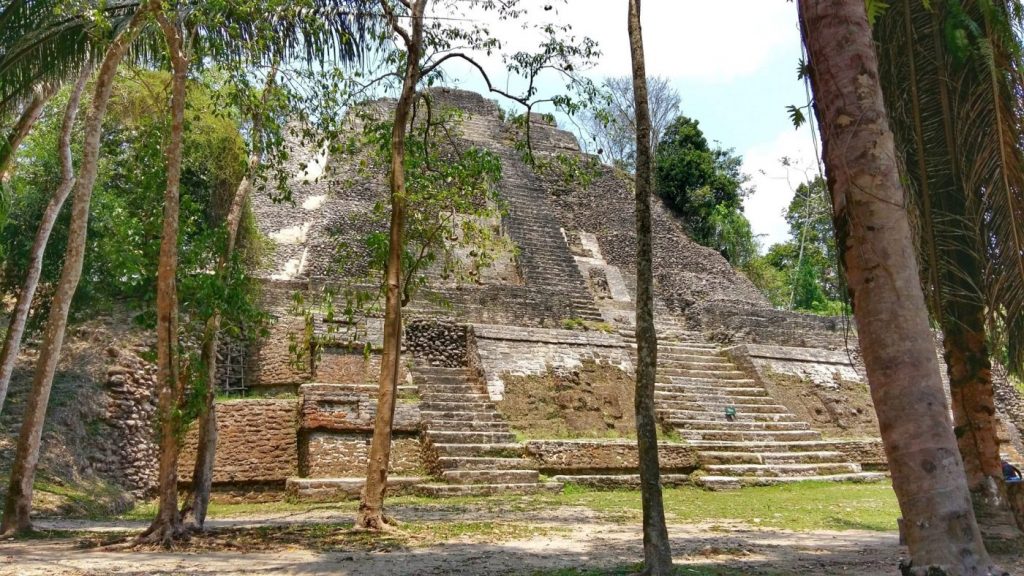
It was a major city of the Maya civilization. The site is pre-Columbian, recorded by early Spanish missionaries, and documented over a millennium earlier in Maya inscriptions as Lam'an'ain.
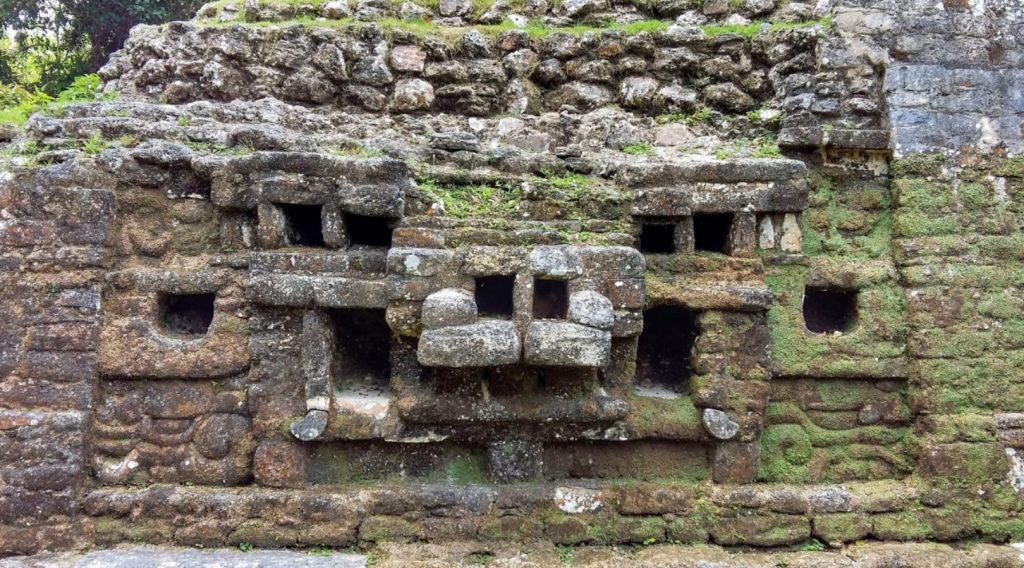
Lamanai is renowned for its exceptionally long occupation spanning three millennia, beginning in the Early Preclassic Maya period and continuing through the Spanish and British Colonial periods, into the 20th century. 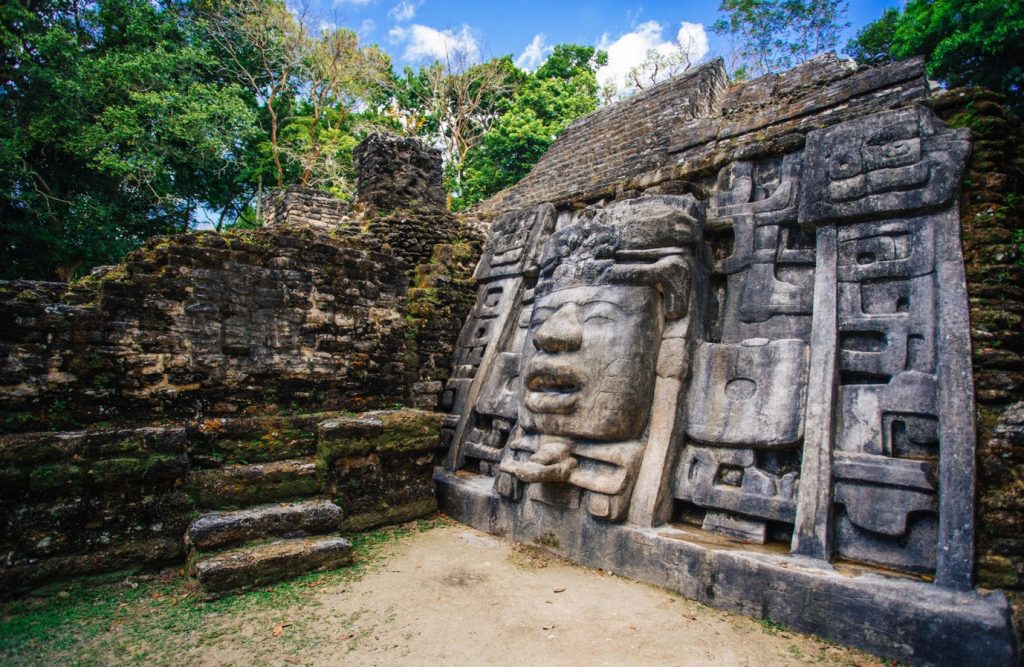
Unlike most Classic-period sites in the southern Maya lowlands, Lamanai was not abandoned at the end of the 10th century
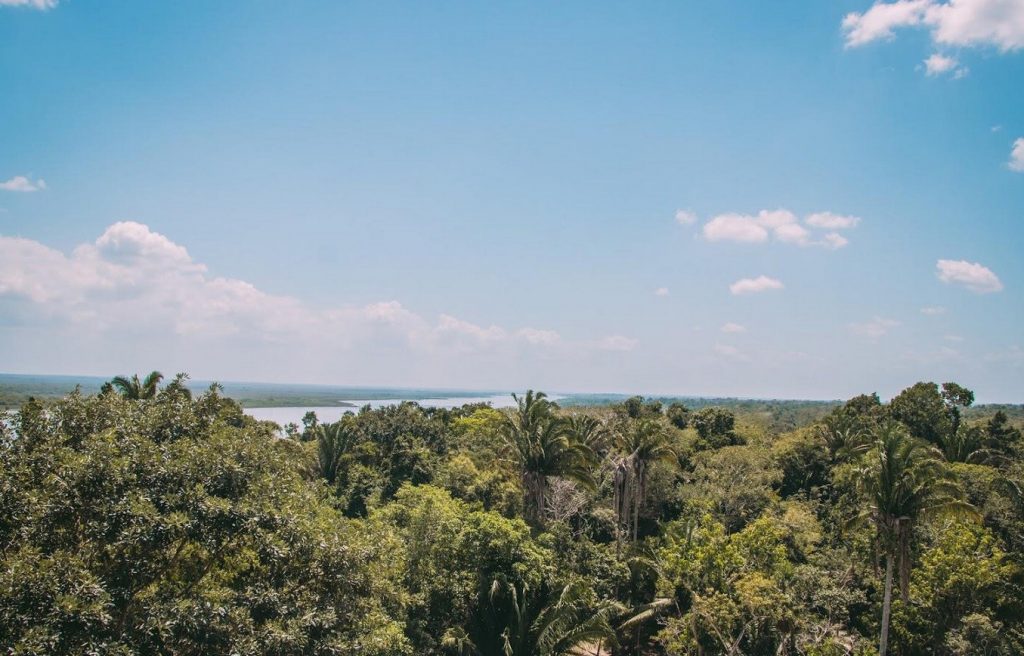
Lamanai was occupied as early as the 16th century BC. The site became a prominent centre in the Pre-Classic Period, from the 4th century BC through the 1st century CE. In 625 CE.
During the Spanish conquest of Yucatán Spanish friars established two Roman Catholic churches here, but a Maya revolt drove the Spanish out. 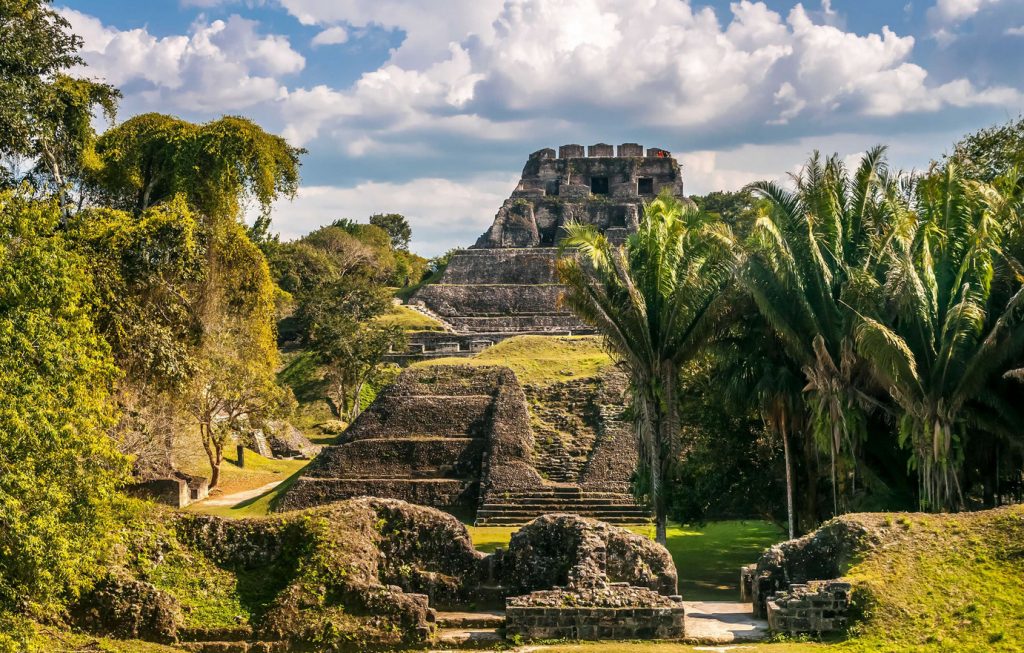
Actun Tunichil Muknal 🇧🇿 BELIZE
Actun Tunichil Muknal  BELIZE
BELIZE
Actun Tunichil Muknal (the Cave of the Crystal Sepulchre), known as "ATM" is a cave in Belize, near San Ignacio and a Maya archaeological site that includes skeletons, ceramics, and stoneware.
The cave is located in the Tapir Mountain Nature Reserve. The main cave system is about 3 mi long and consists of a long river passage for approximately 2 mi which ends at an upstream sump. A series of upper prehistoric passages continues another mile past the sump through massive breakdown boulders and giant rooms. The cave can be exited through a tight squeeze ending in a giant sink hole collapse in the jungle.

"The Crystal Maiden" a skeleton of a 17-year-old boy possibly a sacrifice victim, whose bones have been calcified to a sparkling, crystallized appearance.
The ceramics at the site are significant partly because they are marked with "kill holes" (holes created to release spirits lurking within), which indicate that they were used for ceremonial purposes. Many of the Maya artifacts and remains are completely calcified to the cave floor. One artifact, named the "Monkey Pot", is one of just four of its type found in Central America.
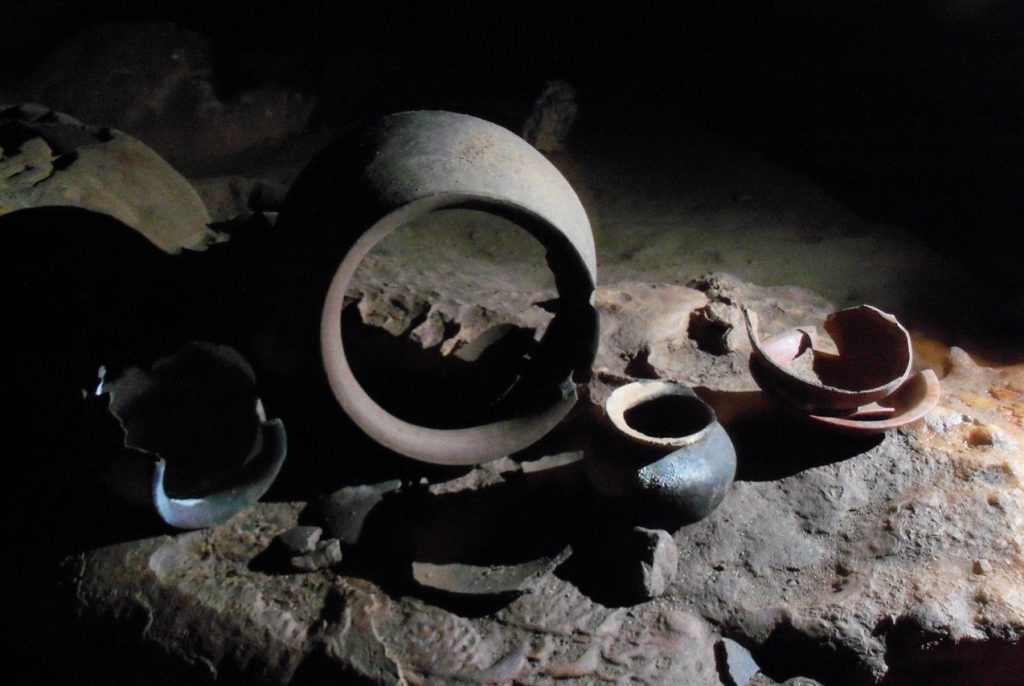
The Maya also modified cave formations here, in some instances to create altars for the offerings, in others to create silhouettes of faces and animals or to project a shadow image into the cave. The cave is extensively decorated with cave formations in the upper passages.
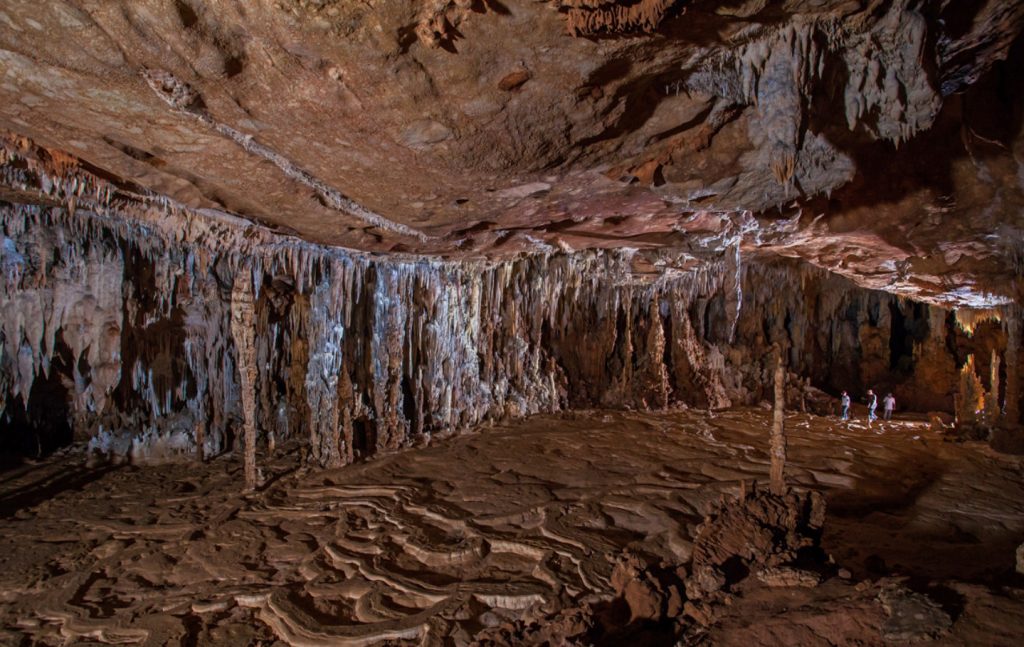
Animal life in the cave includes a large population of bats, large freshwater crabs, crayfish, catfish and other tropical fish. Large invertebrates like amblypygi and various predatory spiders also inhabit the cave. Agouti and otters may also use the cave.
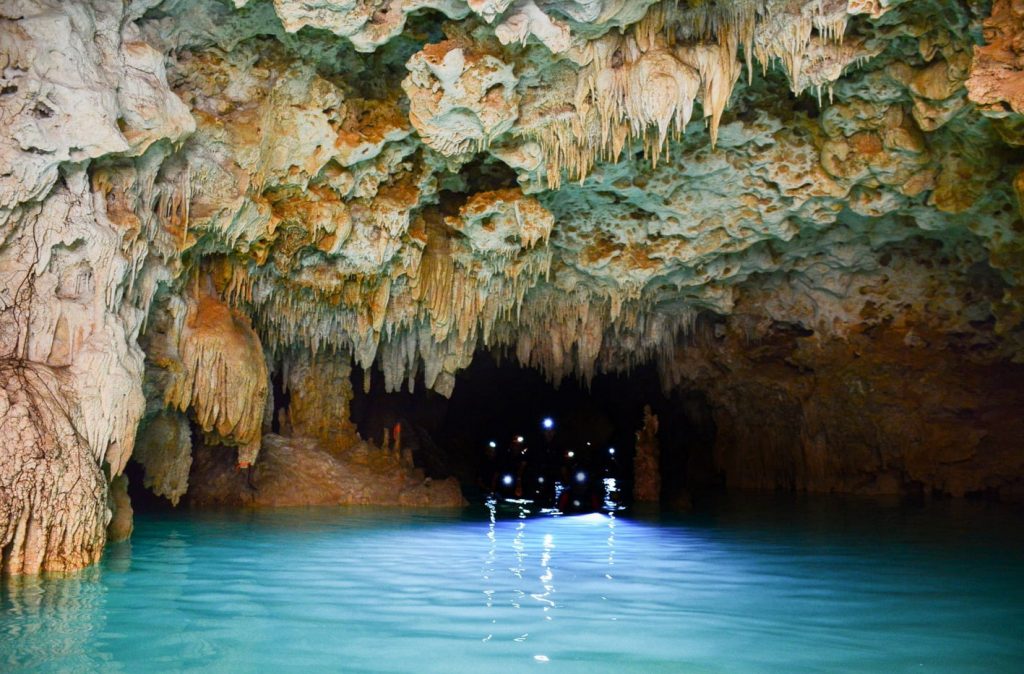
These and many other species are quite common in river caves of this size in Belize.
The Belize Tourism Board, in coordination with the Belize National Institute of Culture and History, Institute of Archaeology, has granted licenses to a small group of agents to conduct tours to this cave, in an attempt to balance its protection against tourist revenue.
REVILLAGIGEDO ISLANDS 🇲🇽 MEXICO PACIFIC
Revillagigedo Islands | SOCORRO ISLAND 🇲🇽 MEXICO PACIFIC
Archipelago in the Pacific Ocean, approximately 235 nm SSW of the tip of the Baja California peninsula and 300 nm WSW of Cape Corrientes off Mexico's Pacific Coast. The islands are administered by Colima state, Mexico. Covering an area of 320 square miles the archipelago consists of numerous volcanic islands.
67
READ ABOUT THE PROCESS OF GETTING A PERMIT HERE >>
The largest, Socorro, which rises to an elevation of 3,707 feet (1,130 m), is 24 miles (39 km) long and 9 miles (14 km) wide. San Benedicto, 40 miles (64 km) north of Socorro, and Clarión, 250 miles (400 km) west of Socorro, are the two other large islands; small islands include Roca Partida, 60 miles (100 km) west of Socorro, and Roca Oneal, just off the northwestern coast of Socorro.
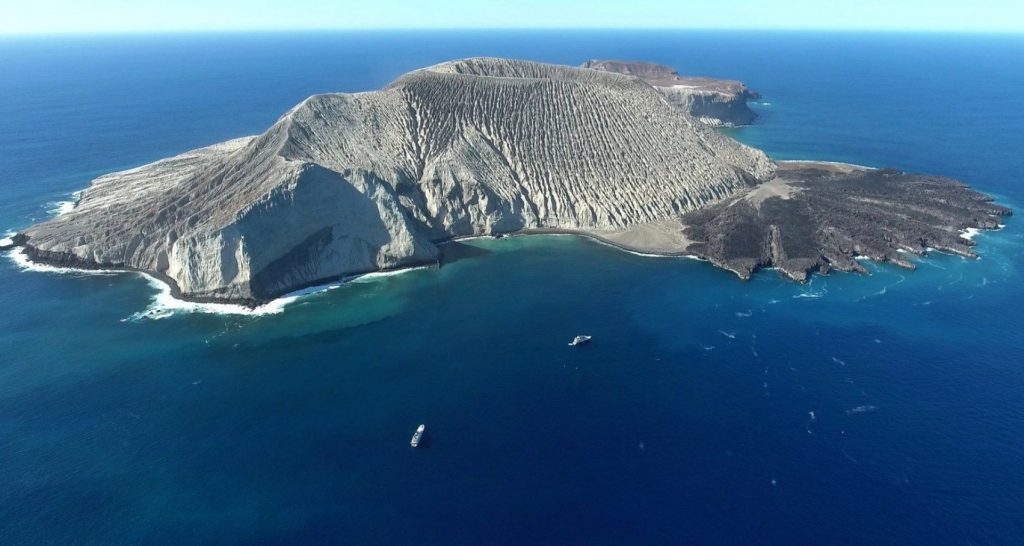
In 1957 an outpost was established on long-uninhabited Socorro, and trees were planted for timber and fruit. The expedition found about 8,000 sheep on the island, the residue of a temporary Australian settlement of the mid-1800s. The Revillagigedo Islands are rich in sulfur, fish, and guano.
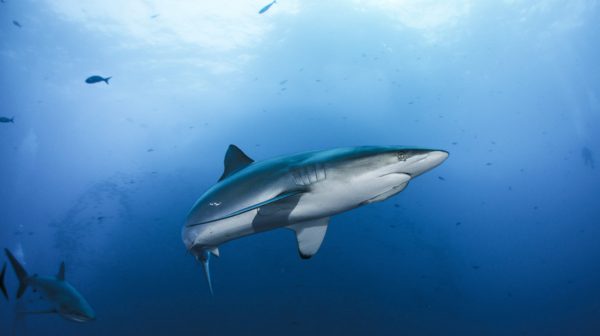
In July 2016, the Revillagigedo Archipelago was inscribed as a UNESCO World Heritage Site, and in November 2017 they were declared to be a marine reserve and a national park of Mexico. Some of the volcanoes are active, with the last eruption of Volcán Bárcena in 1953, and Socorro in 1993. A small military airstrip exists on Socorro.
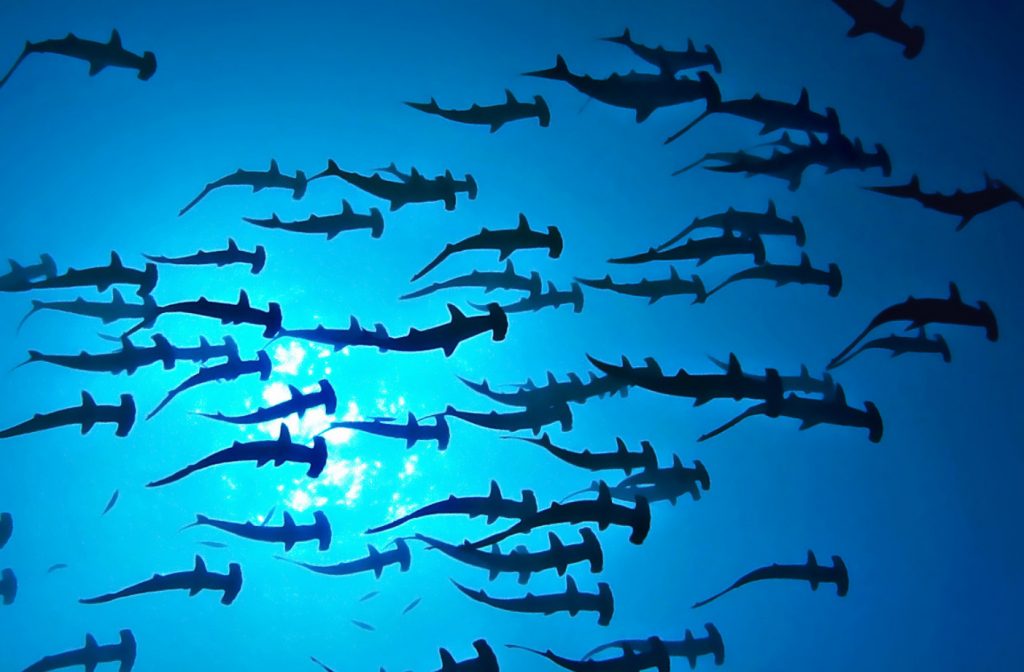
No evidence of human habitation on any of the islands exists before their discovery by Spanish explorers. Hernando de Grijalva and his crew discovered an uninhabited island on 19 December 1533, and named it Santo Tomás (Socorro Island) and on 28 December they discovered Isla de los Inocentes (San Benedicto) which owed its name to having been found on the day of the Holy Innocents.
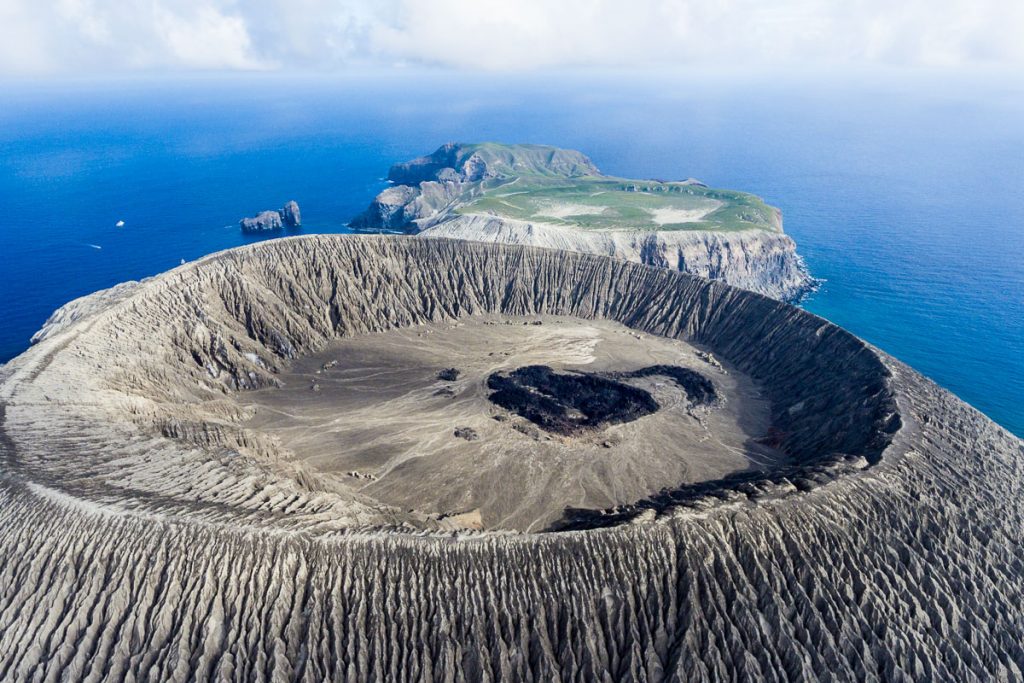
In November 1542, Ruy López de Villalobos, while exploring new routes across the Pacific, rediscovered Inocentes and Santo Tomás and charted the latter as Anublada ("Cloudy"). Villalobos was the first to report sighting of Roca Partida Island giving it its present-day name. In 1608, Martín Yánez de Armida, in charge of another expedition, visited Anublada and changed its name to Socorro. In 1779 José Camacho was the first to report sighting of the island remaining, that he charted as Santa Rosa ("Saint Rose"). Santa Rosa was later renamed Clarion after the vessel commanded by Henry Gyzelaar at that time.
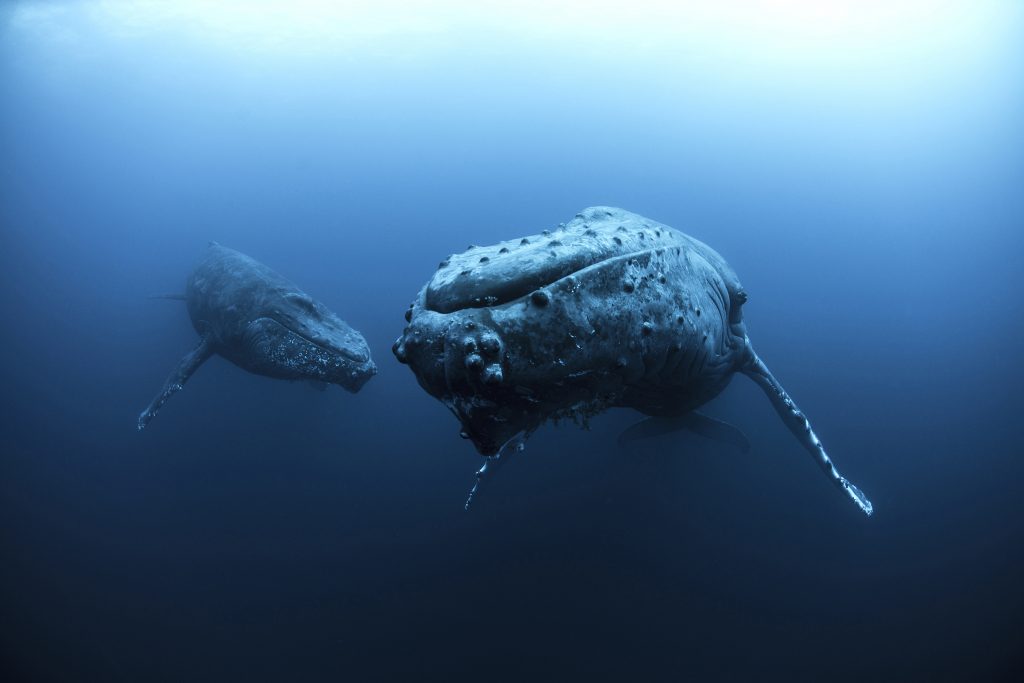
They offer divers reliable encounters with giant manta rays, whale sharks, dolphins, humpback whales, tuna, pelagic fish and many other shark species.
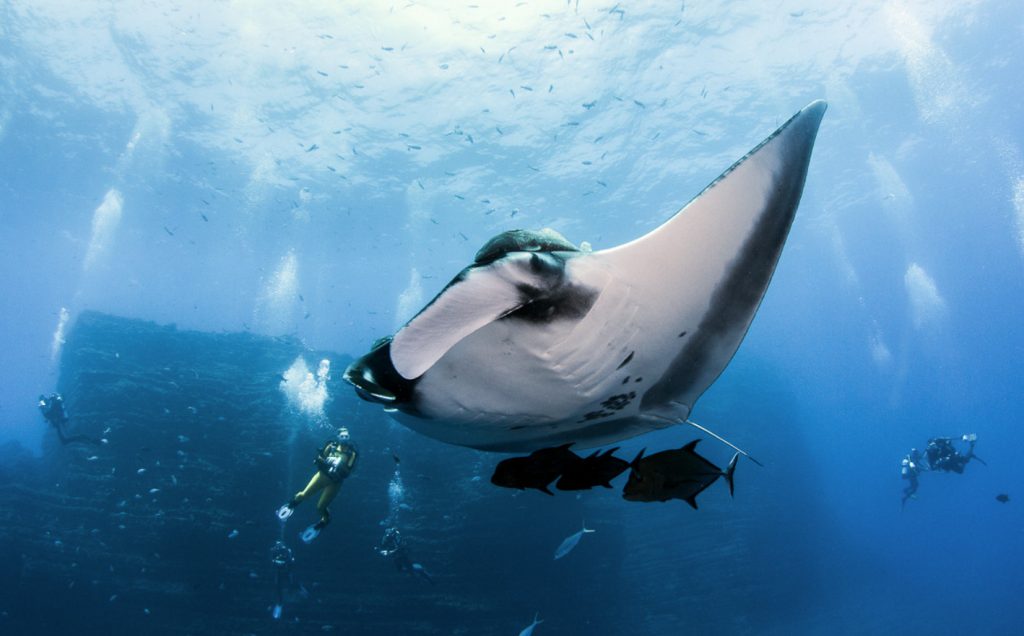
The Revillagigedo Islands are home to many endemic plant and animal species, and are sometimes called Mexico's "little Hawaii". They are recognized as a distinct terrestrial ecoregion, part of the Neotropical realm. Socorro is the most diverse in flora, fauna, and topography. The Mexican Government established the islands as a Biosphere Reserve on June 4, 1994. Oceanographic Magazine stated in 2020 that, "Its remoteness, protection and peculiar oceanography makes it one of the most biodiverse and exciting marine destinations on earth."
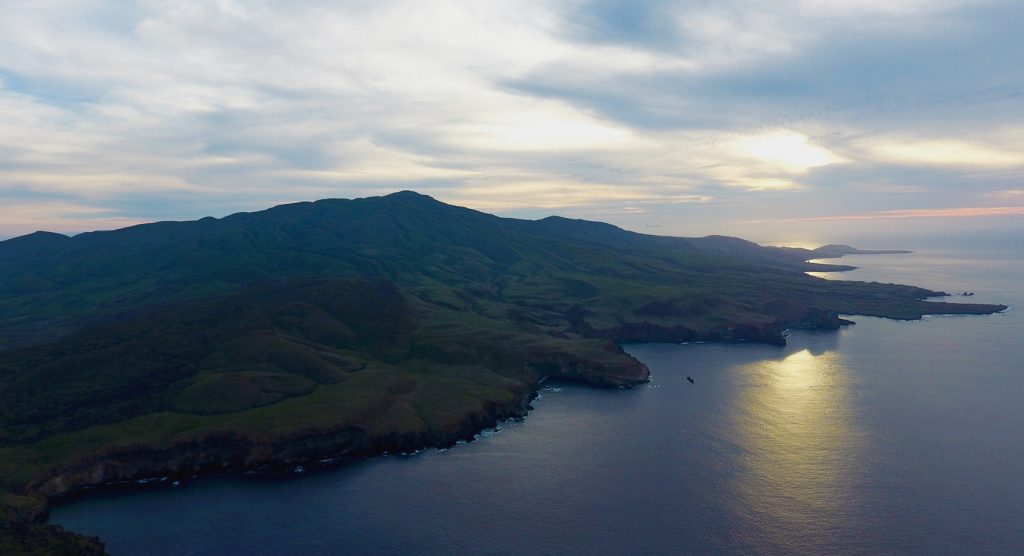
Apart from the native birds, migrant shorebirds and others are often found on the islands. Bahia Azufre (Sulfur Bay) on Clarión seems to be a favorite stopover location, as it is one of the few longer stretches of beach in the islands; mostly, the shoreline is steep cliffs. The archipelago is also a part of wintering grounds for humpback whales in the North Pacific.
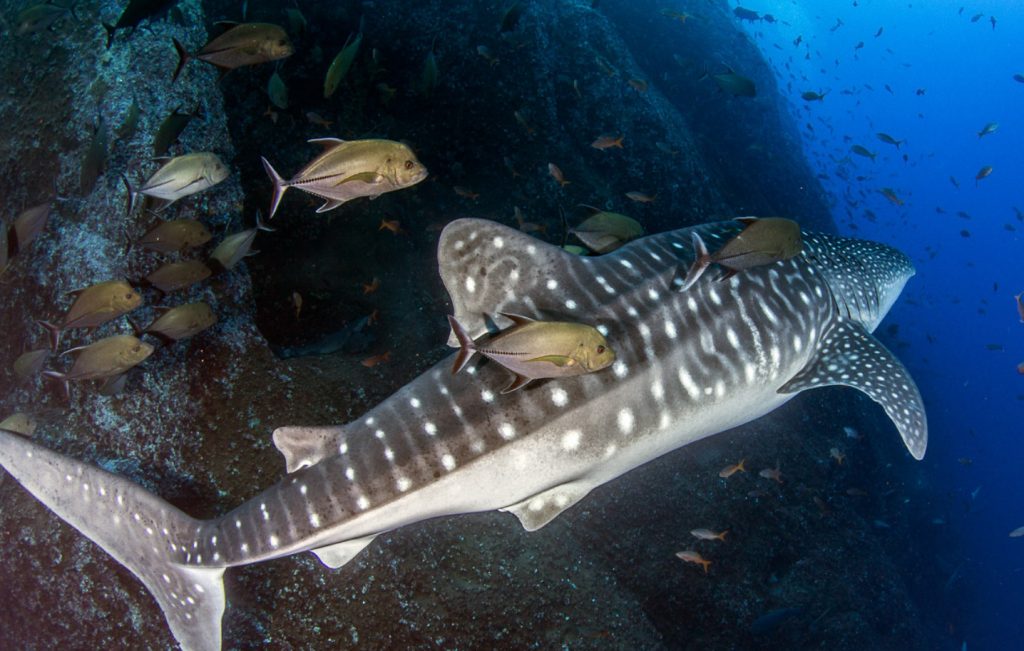
🇳🇮 Granada
🇳🇮 Granada is a stunning city on the shores of Lake Nicaragua and historically one of Nicaragua's most important cities, economically and politically.
Granada had a thriving Indigenous population, but in 1524 Francisco Córdoba a Spanish conquistador the city was renamed Granada
and registered as a city in official records of the Crown of Aragon, and the Kingdom of Castile in Spain.
It’s home to multiple Spanish colonial landmarks that have survived repeated pirate invasions.
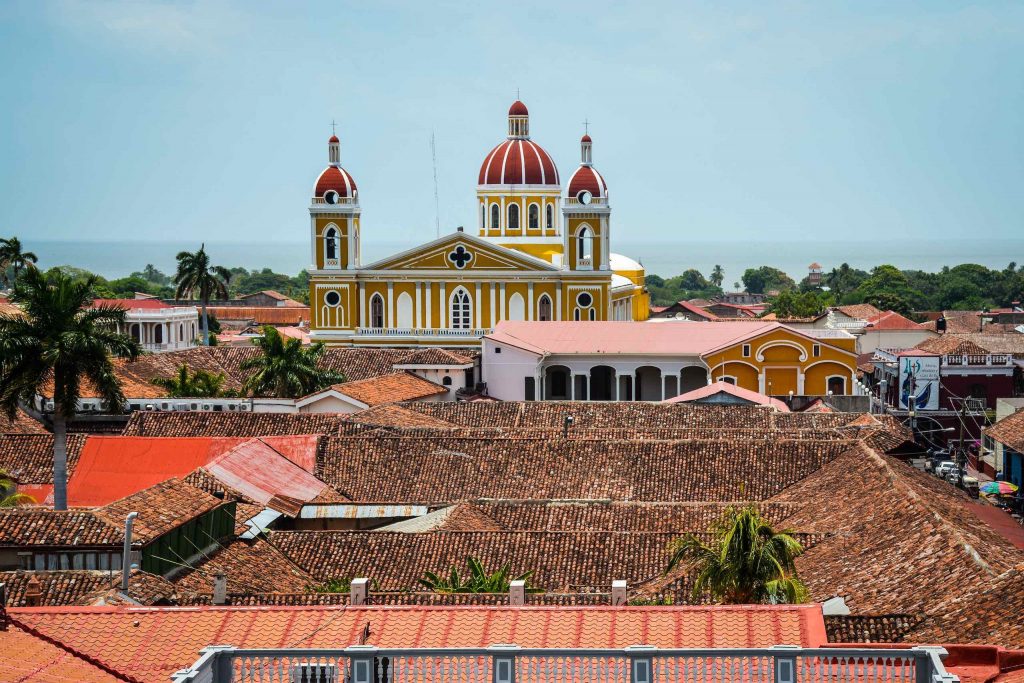
The city’s main plaza, Central Park, is dominated by the colorful, neoclassical facade of the Cathedral of Granada, originally dating to 1583.
The Centro Cultural Convent San Francisco nearby is famed for its displays of per-Columbian statues.
Granada, Nicaragua was the sister capital to Antigua in Guatemala. During the colonial period, Granada maintained a flourishing level of commerce with ports on the Atlantic Ocean, through Lake Nicaragua ( Lago Cocibolca) and the San Juan River. As such the city was victim to many battles with invasions from English, French and Dutch pirates trying to take control by sailing up the San Juan River.
It was also where American William Walker attempted to take control of Central America as a ruling president. One of his generals, Charles Frederick Henningsen, set the city ablaze before escaping, destroying much of the ancient city and leaving printed the words "Here was Granada".
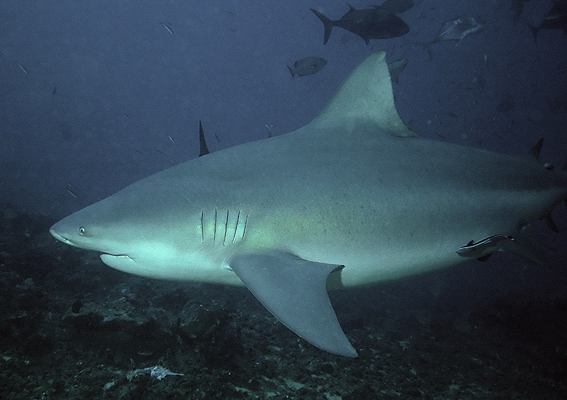
Agriculture around Granada is reflected by dry forests and humid forests which grow on the sides of the nearby 1,344 meter high Mombacho volcano. The volcano is also home to a wide array of wildlife. The lake is also home to many creatures, both marine and freshwater creatures. It is the only freshwater lake in the world where sharks live.
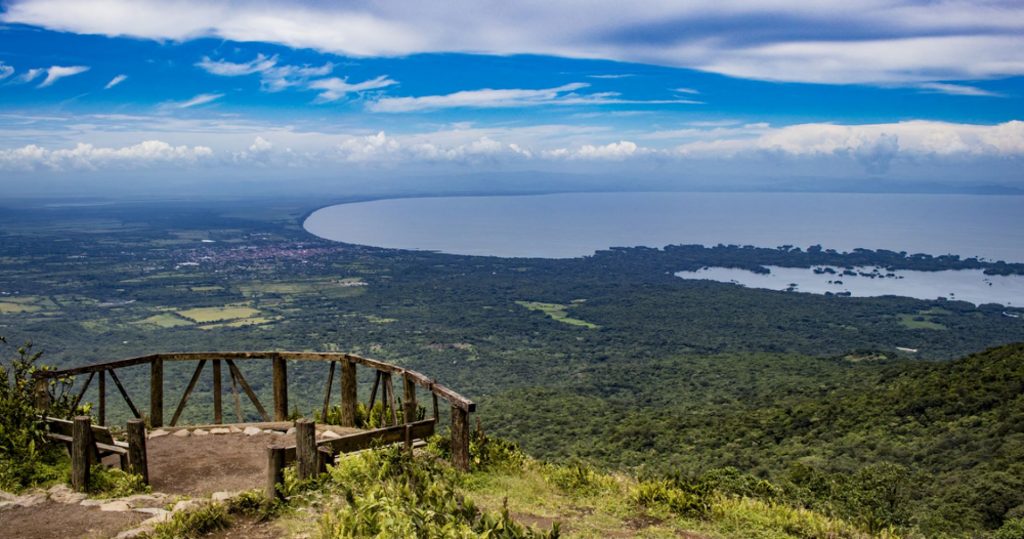
The Midas cichlid, native to the San Juan River basin in Nicaragua and Costar Rica, is now recognized as a species complex with dozens of species, most or all of them inhabiting extremely reduced ranges. Fishing in the lake is plentyful and fishermen regularly catch guapote and mojarras, as well as sardines.
Granada's restaurants have received international recognition by newspapers like the New York Times.
Not only do they serve a wide variety of delicious foods, but they seek to do so in a manner that is sustainable and beneficial to the larger community. Granada is quickly becoming a central hub for excursions to other areas of Nicaragua and Central America so if you are in the region, stop by one of the restaurants mentioned on this list for a taste of Latin American hospitality
- The Garden Cafe
- Cafe de los Sueños
- Cafe De Arte
- Miss Dell’s Kitchen
- Bocadillos Tapas Kitchen & Bar
- Monna Lisa
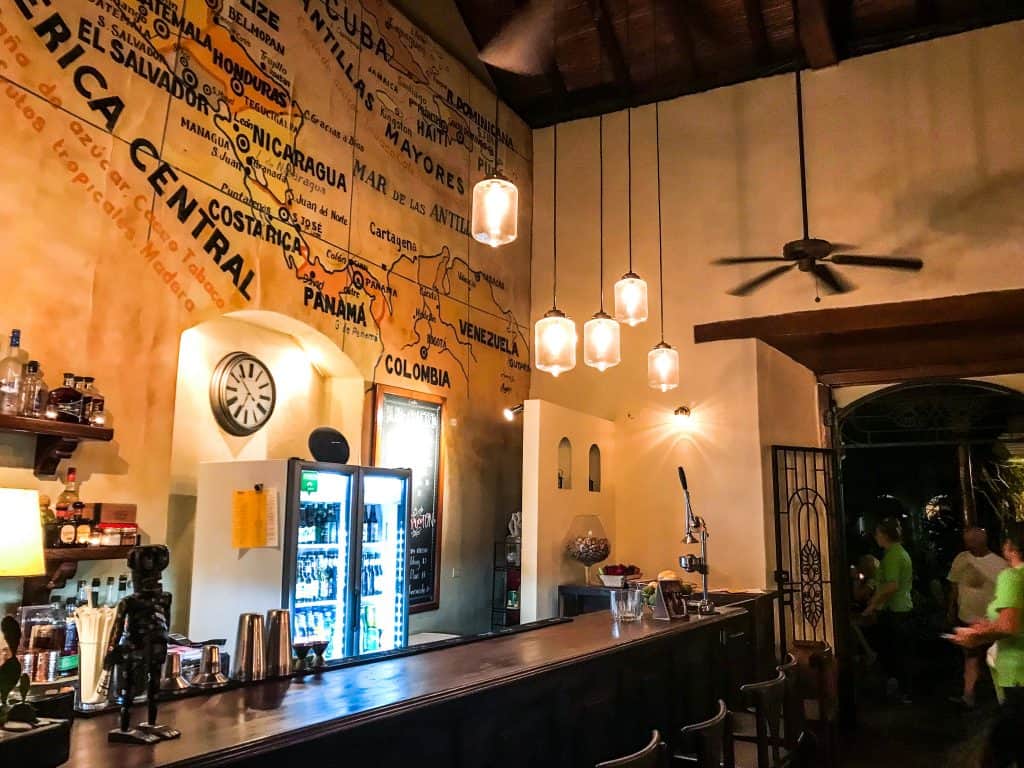
To stay overnight you can book any of these lovely boutique hotels
You can access this world heritage site from the Marina Puesta del Sol in an easy day trip via rental car -
stay a few days to soak in the magnificent history and culture.
